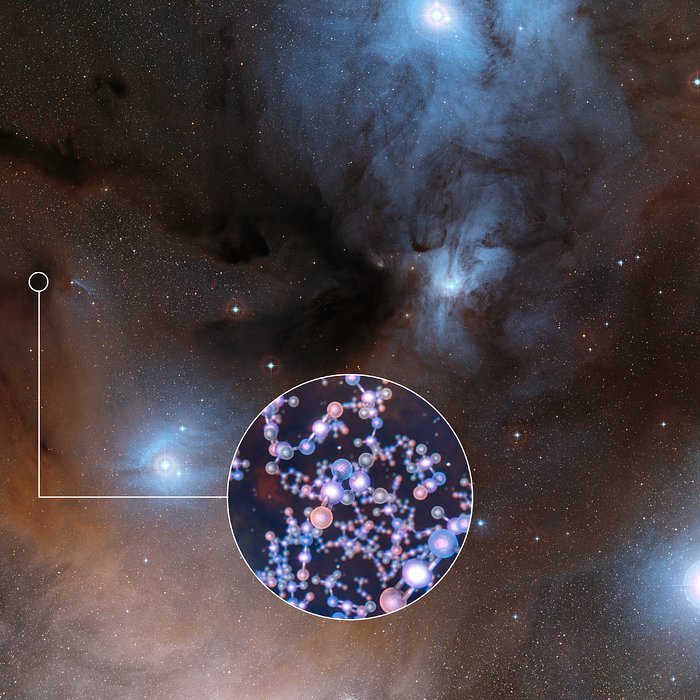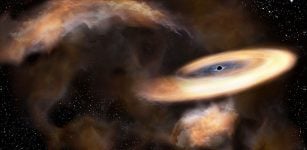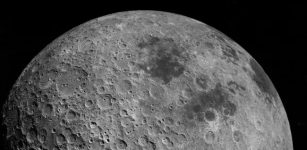Ingredient Of Life Discovered Around Sun-Like Stars In Constellation Ophiuchus
MessageToEagle.com – Astronomers have discovered an important ingredient of life around Sun-like stars in the constellation Ophiuchus. Whether some form of extraterrestrial life exist in the region is unknown, but it’s an exciting discovery because it suggests Solar System may not be the only place where life arose.
Traces of methyl isocyanate, a chemical building block of life were detected in the multiple star system IRAS 16293-2422 located 400 light-years away in a large star-forming region called Rho Ophiuchi in the constellation of Ophiuchus (The Serpent Bearer).
This image shows the spectacular region of star formation where methyl isocyanate was found. The insert shows the molecular structure of this chemical. Image credit: ALMA
This star system is of great interest to astronomers. Some years ago, researchers discovered molecules of glycolaldehyde, a simple form of sugarin the gas around IRAS 16293-2422.
Glycolaldehyde is one of the ingredients in the formation of RNA, which – like DNA, to which it is related – is one of the building blocks of life.
See also:
Cosmic Mystery – Two Identical Exoplanets With Different Atmosphere – How Is It Possible?
Great Attractor: Mysterious Gravitational Anomaly Beyond Hydra-Centaurus Supercluster
Solar System Similar To Our Own Discovered In Constellation Eridanus
More About Astronomy
Using the Atacama Large Millimeter/submillimeter Array (ALMA) in Chile astronomers are now getting more valuable information about how life could evolve in space and ot Earth.
“Following the discovery of sugars, we’ve now found methyl isocyanate. This family of organic molecules is involved in the synthesis of peptides and amino acids, which, in the form of proteins, are the biological basis for life as we know it,” explain Niels Ligterink at the Leiden Observatory in the Netherlands and Audrey Coutens at University College London, United Kingdom.
Earth and the other planets in our Solar System formed from the material left over after the formation of the Sun. Studying solar-type protostars can therefore open a window to the past for astronomers and allow them to observe conditions similar to those that led to the formation of our Solar System over 4.5 billion years ago.
MessageToEagle.com
Expand for references










